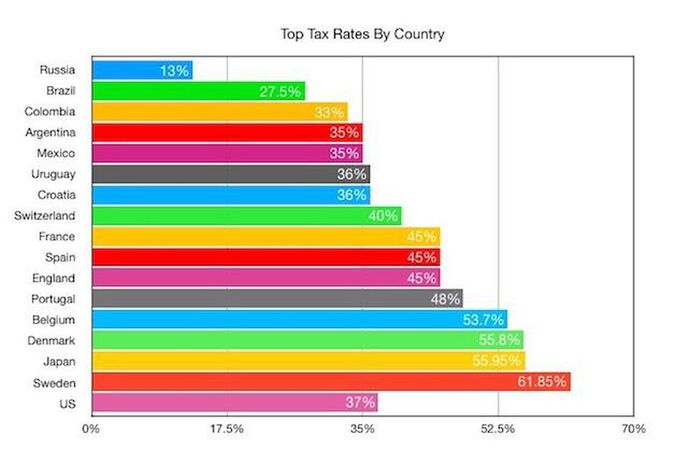Unit 3: Money Matters
Statement of Inquiry
Responsible financial choices have powerful impacts on our lives, our world, and our own future.

Introduction: Tuning In
|
|
|
|
Money, Money, Money - Terminology
|
|
|

Money Trees
|
|
|
|
Your Money, Your Future


Marvel-lous Money Management
- Avengers - Mad money skills
- Guardians of the Galaxy - The importance of saving

Taxes
“In this world nothing is certain but death and taxes.” –Benjamin Franklin, American statesman and inventor
|
|
|
Paragraph Writing Tips
Do We Value the Valuable?
|
|
|

